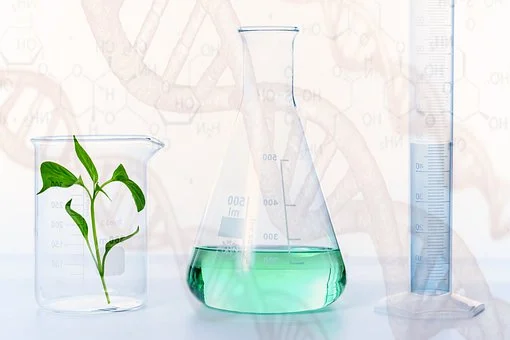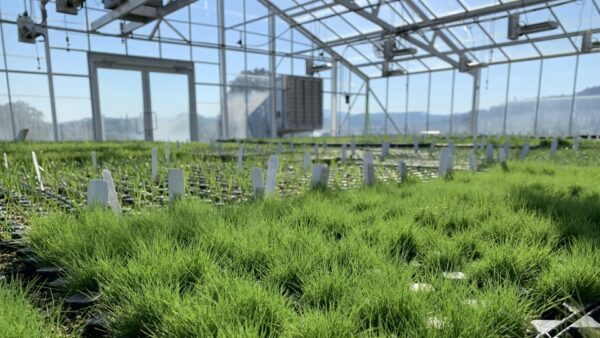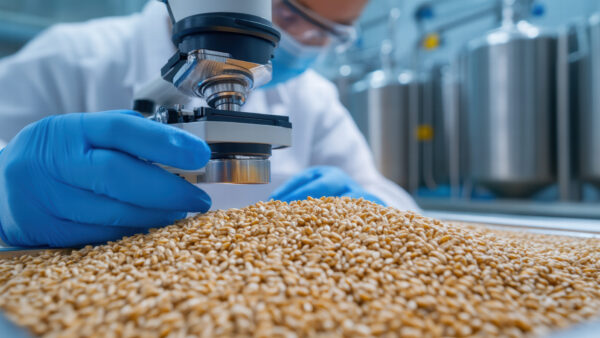Creative destruction in the plant breeding sector involves innovations that significantly disrupt traditional practices, leading to the decline or transformation of existing methods, products, or industries.
Here are some notable examples:
1. Open-Pollinated Varieties (OPVs) vs. Hybrid Seeds
Before: Farmers primarily used open-pollinated varieties (OPVs), which allowed them to save seeds from one season to plant in the next.
Disruption: The development of hybrid seeds starting in the late 19th century and further developed in the early 20th century revolutionized agriculture. Hybrid seeds, created by crossing two different inbred lines, offered significantly higher yields and more uniform crops.
Impact: Farmers switched to hybrid seeds due to the hybrids’ superior performance. The change also made it less attractive for farmers to save seeds, as hybrids do not breed true in subsequent generations. As the superior performance greatly outweighed the cost of annual seed acquisition, farmers accepted this shift, which has fundamentally changed the dynamics of seed production and sales.
2. Conventional Breeding vs. Genetically Modified Organisms (GMOs)
Before: Traditional plant breeding methods such as selective breeding and crossbreeding were the primary means of developing new crop varieties.
Disruption: The introduction of GMOs in the 1990s allowed scientists and plant breeders to directly modify the DNA of plants, inserting specific genes to confer desired traits such as pest resistance (e.g., Bt crops) or herbicide tolerance (e.g., Roundup Ready crops).
Impact: GMOs enabled faster and more precise development of crop varieties with enhanced traits, significantly reducing the time and unpredictability associated with conventional breeding. This innovation disrupted traditional breeding practices and led to a significant shift in the agricultural landscape, particularly in major crops like corn, soybeans, and cotton.
3. Traditional Genetic Modification vs. CRISPR and Gene Editing
Before: GMOs were developed through the insertion of foreign genes into a plant’s genome, a process that was often met with public resistance and regulatory challenges.
Disruption: The advent of CRISPR-Cas9 and other gene-editing technologies in the 2010s allowed for precise, targeted changes to a plant’s own DNA without the introduction of foreign genes. This technology can quickly develop crops with desired traits, such as disease resistance or improved nutritional content.
Impact: CRISPR has the potential to overshadow traditional genetic modification techniques by being more efficient, less costly, and more acceptable to the public and regulators. This has opened new possibilities for innovation in plant breeding, potentially reducing the dominance of earlier GMO technologies.
4. Phenotypic Selection vs. Marker-Assisted Selection (MAS)
Before: Traditional plant breeding relied heavily on phenotypic selection, where breeders would select plants based on visible traits, a process that could be slow and sometimes imprecise.
Disruption: Marker-assisted selection (MAS) leverages genetic markers associated with desirable traits, allowing breeders to screen and select plants more efficiently and accurately, even before traits manifest physically.
Impact: MAS has accelerated the breeding process and improved the accuracy of selecting plants with desired traits, leading to the decline of purely phenotypic selection methods. This technology has become a standard in modern plant breeding programs, making traditional methods less competitive.
5. Public Breeding Programs vs. Private Sector Companies
Before: Public institutions and universities were the primary sources of new crop varieties, particularly for staple crops like wheat and rice.
Disruption: The rise of private sector seed companies and biotechnology companies, with their advanced research capabilities and significant funding, shifted the focus of innovation to the private sector. These companies developed proprietary technologies, such as GMOs and hybrid seeds.
Impact: While public breeding programs, which were almost universally being impacted by funding reductions by their respective governments, reduced their reach, private companies took the lead in developing new, high-performing plant varieties.
Each of these examples illustrates how innovation in plant breeding can lead to the displacement of older methods, driving the seed sector forward while also creating new challenges and opportunities.












